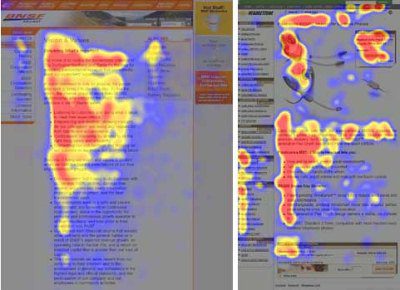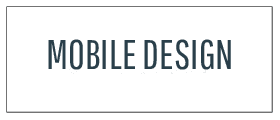how to design a website
Usability and the utility, not the visual design, determine the success or failure of a web-site. Since the visitor of the page is the only person who clicks the mouse and therefore decides everything, user-centric design is the standard approach for successful and profit-oriented web design.
What are visitors to your website looking for?
How do users think?
Basically, users’ habits on the Web aren’t that different from customers’ habits in a shop. Visitors glance at each new page, scan some of the text, and click on the first link that catches their interest or vaguely resembles the thing they’re looking for. There are large parts of the page they don’t even look at.
Most users search for something interesting and clickable; as soon as some potential is found, users click. If the new page doesn’t meet users’ expectations, the Back button is clicked and the search process is continued.
Users appreciate quality and credibility.
If a page provides users with high-quality content, they are willing to compromise the content with advertisements and the design of the site. This is the reason why not-that-well-designed web-sites with high-quality content gain a lot of traffic over years. Content is more important than the design which supports it.
Users don’t read, they scan. Analyzing a web-page, users search for some fixed points or anchors which would guide them through the content of the page.
Screenshot
Users don’t read, they scan.

Notice how “hot” areas abrupt in the middle of sentences. This is typical for the scanning process.
Web users are impatient and insist on instant gratification. Very simple principle: If a web-site isn’t able to meet users’ expectations, then designer failed to get his job done properly and the company loses money. The higher the cognitive load and the less intuitive the navigation, then more users are more likely to leave the web-site and search for alternatives.
Users don’t make optimal choices.
Users don’t search for the quickest way to find the information they’re looking for. Neither do they scan web-pages in a linear fashion, going sequentially from one site section to another one. Instead users satisfice; they choose the first reasonable option. As soon as they find a link that seems like it might lead to the goal, there is a very good chance that it will be immediately clicked. Optimizing is hard, and it takes a long time. Satisficing is more efficient.
Users follow their intuition.
In most cases users muddle through instead of reading the information a designer has provided. According to Steve Krug, the basic reason for that is that users don’t care. “If we find something that works, we stick to it. It doesn’t matter to us if we understand how things work, as long as we can use them. If your audience is going to act like you’re designing billboard, then design great billboards.”







